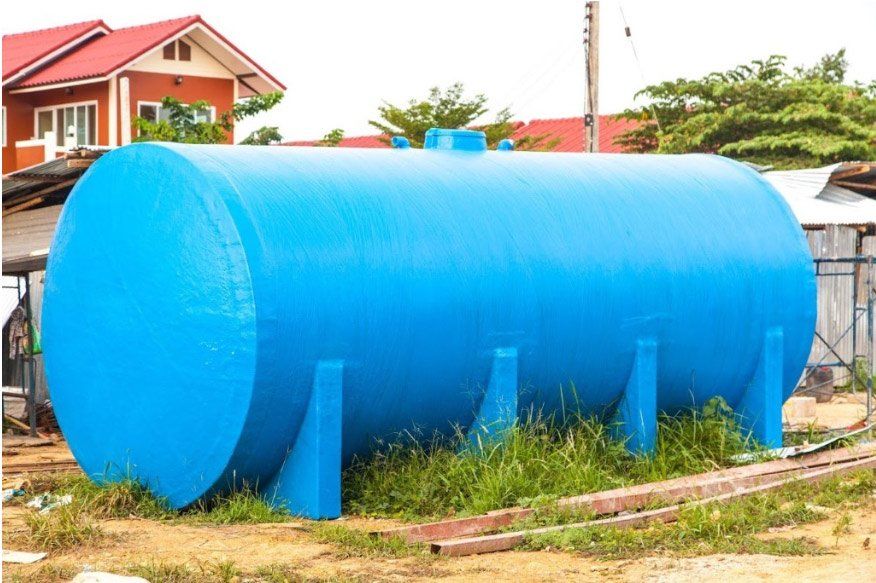All About Your Septic System: A Primer for Homeowners
Someone who has recently purchased a rural home might discover that their property is not connected to a municipal sewer system. Homes not connected to municipal sewer lines typically use a septic system. In many cases, homeowners who have never had a septic system before have little knowledge of how the system operates. Here is a guide to septic systems for those using one for the first time.
What Comprises a Septic System
A septic system consists of four primary components. The first element of the system is a drain pipe that carries wastewater and sewage from your house to a tank that is buried underground. This tank, called a septic tank, is the second main component of your system.
The third component is the drain field, which is an excavated area of your property that consists of a series of perforated pipes and a layer of gravel. The final element of a typical septic system is the soil that surrounds the drain field.
How a Septic System Treats Waste
Waste from your household contains dangerous organisms that must be neutralized so that no disease is spread. A septic system treats the waste from your home and renders it harmless. The system does this by breaking down the waste through an organic process.
Tank
The waste from your house travels through your home's drain pipes and enters the septic tank. In the septic tank, bacteria begin the process of breaking down the waste. During this process, the waste is divided into three separate sections.
A top layer, called the scum layer, consists of fats and oils. A bottom layer, known as the sludge layer, develops that is made up of solid material that cannot be broken down any further. The middle layer, or effluent, is the largest section. This layer consists of liquid waste and is the only layer that leaves the tank and travels to the drain field.
Drain Field
After the effluent is treated in the septic tank, a valve releases the liquid waste into perforated pipes in the drain field. There, the effluent is gradually released into the gravel bottom of the drain field and then seeps into the soil. Bacteria in the soil neutralize any remaining harmful organisms in the waste, and the process comes to an end.
What Happens to the Scum and Sludge Layers
As noted, the scum and sludge layers do not travel to the drain field for further processing but remain in the tank. These two layers will need to be pumped out of your tank from time to time by a professional septic service.
How often your tank will need to be pumped out depends on a variety of factors, including the number of people living with you and the size of your tank. Because it's difficult for a homeowner to determine exactly when a tank needs pumping out, you should have a septic service inspect your tank regularly and advise you on this matter.
How to Keep Your System Working Smoothly
Naturally, one of your main goals as the owner of a septic system is to keep it functioning at a high level. To avoid potential problems, do not flush items that the system will have a hard time breaking down, such as cigarette butts, diapers, and coffee grounds. Also be careful about compromising the system with heavy use of a garbage disposal.
Understanding your septic system in detail is the first step toward ensuring that it operates at an optimal level. Even under the best of circumstances, however, unforeseen issues can develop with any septic system. No matter what difficulties you encounter with your system, the experienced professionals at Southern Sanitary Systems Inc can get things back to normal. Contact usfor more








